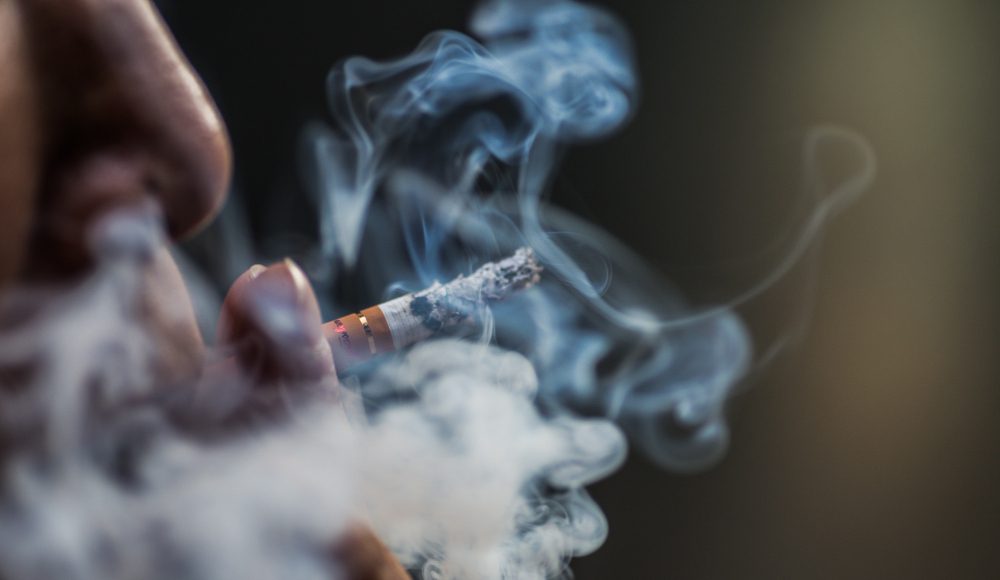Furthermore, research emphasizes the association between secondhand smoke exposure and an increased risk of cancer, particularly lung cancer. Non-smokers exposed to secondhand smoke have a higher likelihood of developing lung cancer compared to those who are not exposed.
The current study looked into the prevalence of secondhand smoke exposure among 16,778 nonsmoking adults, 1775 of which were cancer survivors, and 15,003 who had no cancer history. Of the 1775 nonsmoking cancer survivors, 15.8% reported being exposed to secondhand smoke, and were more likely to report that the exposure happened at home or in a car.
A person exposed to passive smoke is at a higher risk of heart problems
Speaking on the occasion of World Heart Day last October, Indian medical doctors explained that a person exposed to cigarette smoke has a 20-25% higher risk of heart disease than one who is not.
Dr. KK Talwar, a Cardiologist and Chairman of PSRI Heart Institute in New Delhi, said that passive smoking is equally harmful as active smoking. He added that inhaling smoke impacts the inner layer of arteries leading to the brain and heart, causing damage to the endothelium. This damage triggers inflammation and the formation of plaques, which can lead to blockages and potentially result in strokes.
This statement underscored the severe cardiovascular risks associated with exposure to secondhand smoke, which less people seem to be conscious of in comparison to the risks associated with smoking. Last year, a team of French researchers set out to determine whether they could observe a link between passive smoking and the risk of developing rheumatoid arthritis (RA) in a large sample of healthy French women.
The relationship between passive smoke and rheumatoid arthritis
The E3N-EPIC (Etude Epidémiologique au prèsdes femmes de la Mutuelle générale de l’Education Nationale) has collected data on healthy French women since 1990. For this particular study 79,806 women were included, amongst whom 698 suffered from RA. Amongst the whole group 10,810 (13.5%) were exposed to passive smoking as children, 42,807 (53.6%) to passive smoking as adults, 6,581 (8.25%) were exposed to both, and 47,036 (58.9%) were exposed to neither.
The compiled data indicated that passive smoking in childhood was positively associated with the risk of RA amongst women who had never smoked themselves, but not among those who had ever smoked.
Meanwhile, a recent Israeli study published in Nicotine & Tobacco Research, uncovered alarming data about the extent of secondhand smoke exposure by children of smokers. The research team found nicotine residue in the hair samples of 7 out of 10 children who participated in the study. However, the researchers found that parental behavior related to smoking may be changed through regular monitoring of children’s exposure.
The study included 140 Israeli families, consisting of parents of children of up to 8 years of age, and with at least one smoking parent. The smoking average per household was 15 cigarettes per day. And while one third of the respondents reported smoking inside the home, one third said that they smoke in their outdoor spaces, such as home terraces, but not inside the home.
What is thirdhand smoke?
Similarly, the less talked about type of passive smoke exposure: thirdhand smoke, the residual contamination left on surfaces and in dust after smoking has occurred, also poses significant health risks. Studies indicate that the toxic compounds in thirdhand smoke can persist for extended periods and react with common indoor pollutants, forming new, potentially more harmful substances. Prolonged exposure to thirdhand smoke has been linked to respiratory and developmental issues, especially in infants and young children.
Study Says E-Liquids And Thirdhand Smoke May Damage Human Skin












